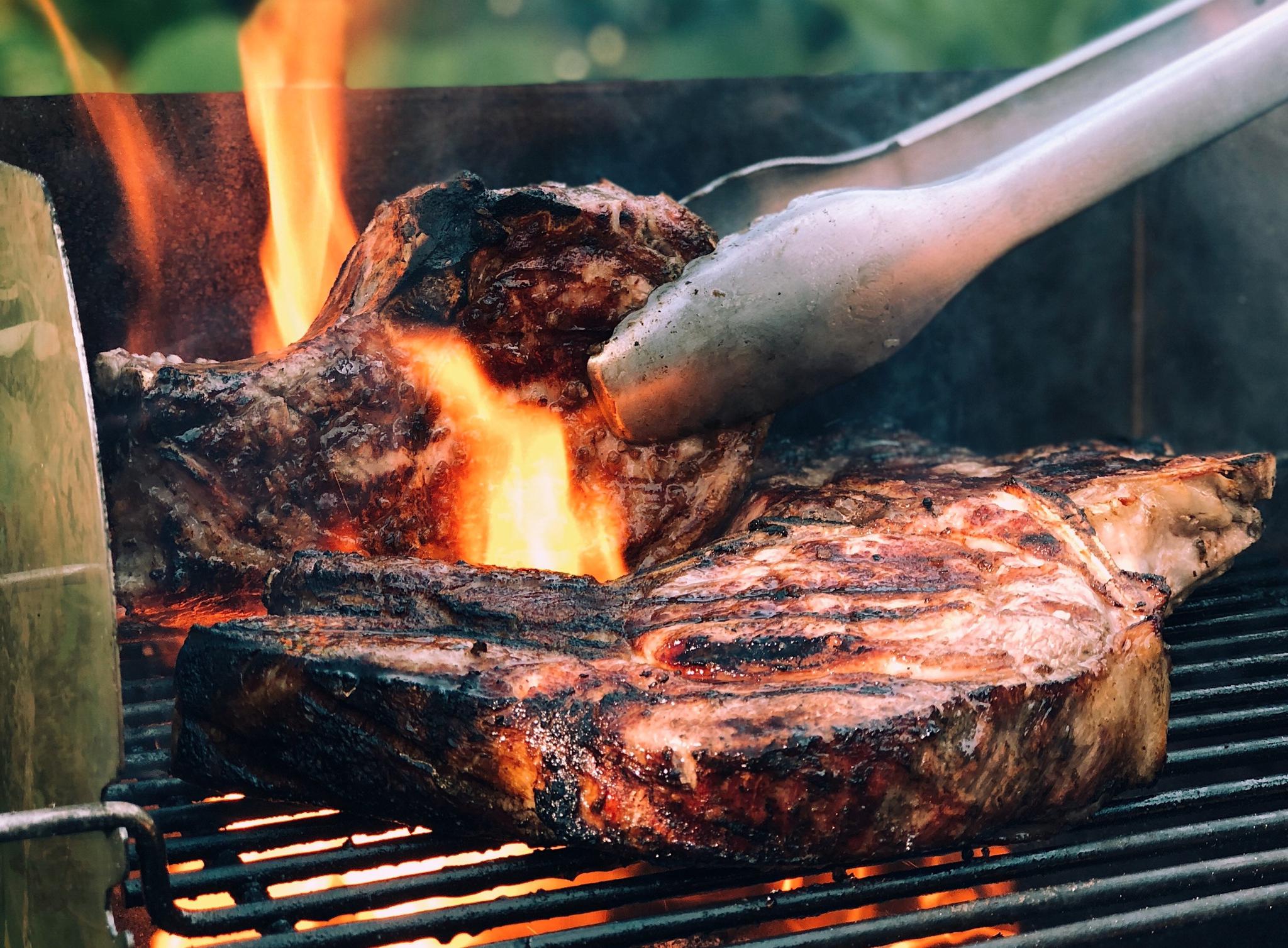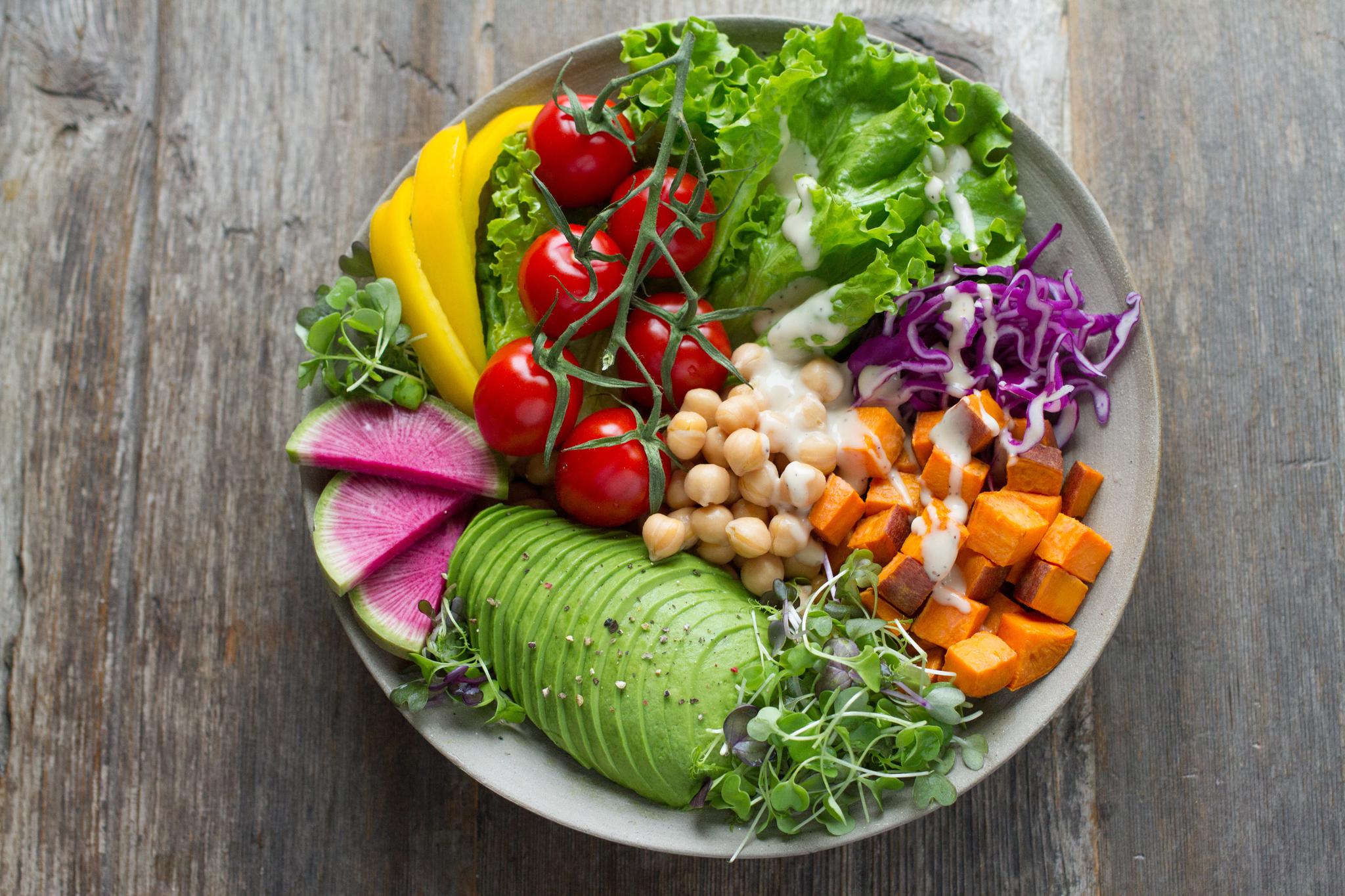The Differences in Diets: Decoding the Ways we Eat
Photo by Paul Hermann on Unsplash
I know when I first started examining different styles of diets I was completely overwhelmed. I knew I wanted to lose a few pounds after enjoying a bit too much eating out. Feeling some jiggle on my belly horrified me. We aren't talking about five pounds here, people. My drivers license photo actually showed a double chin. My face was the shape of an orange with the hanging part of a turkey's neck.
Eventually, I just kind of found something and ran with it. Until a few months ago, I still didn't understand the difference between vegan and plant-based. Mind you, these are all really just titles, but titles can be critical when you are going out to eat with friends or hosting a dinner. Below I've rounded up each common style of diets and their meaning-- all of them claim they aid in fighting diseases and creating a 'healthier' lifestyle, so exercise your own judgement. This won't include specific diets (like Weight Watchers, Atkins, Zone), since that's usually dependent on temporary diets as opposed to lifestyle changes.

Ketogenic:
The Ketogenic diet relies heavily on the body's response to glucose and insulin. Glucose (blood sugar) is the body's main source of energy and can be ingested in forms of carbohydrates, such as breads. Insulin are the body's little taxi drivers of glucose to distribute in your body.
When there isn't much glucose in the body, it turns to "ketones", which are made in your liver from fat. When in a ketogenic state, your body runs on ketones instead of glucose, and it increases the amount of fat you burn. The whole idea is to swap what you body burns- instead of burning up sugars, you burn up fats, since most of us have more than we need. Individuals on a ketogenic diet typically eat low carbohydrates, high fat, low sugar. These kind of meal plans would include a lot of meats, cheeses, eggs, butter. Fruits are not recommended. There are different types of keto diets-- for example, the 'lazy keto' method, however to adjust to this diet it's suggested you learn to count your carbohydrates in order to get into a ketogenic state.
Photo by Gardie Design & Social Media Marketing on Unsplash

Carnivore:
The carnivore diet is one I recently learned about from my dear husband who loses his mind at the sight of a vegetable. It's exactly what it sounds like-- a meat only diet. Scientists who are on board with this diet claim that our bodies technically don't NEED fruits and vegetables from a short- term nutritional standpoint. One benefit of this diet is that it can make things much easier for those who struggle with allergens, since you are basically eliminating things like sugar, gluten, soy, dairy, etc.
The only other items on the menu are high fat dairy items. Acceptable items include eggs, butter, heavy whipping cream. I will say that out of all the diet lifestyles, this one was the hardest to get information on. Maybe that's because it's a newer trend, but it also seems pretty controversial. Another key component of this diet is the fact that again, your body goes into ketosis.
Pescatarian
A Pescatarian is a person who does not eat meat, with the exception of fish. Many will count eating chicken as a pescatarian, however by definition it is only limited to not eating fish. There are no other dietary restrictions, aside from those on an individual basis.
Flexitarian:
The who-da what? This diet is mostly vegetarian (meaning no-meats) but allows individuals to occasionally eat meat. This lifestyle is less structured-- you won't find an article telling you exactly how many carbohydrates, fats, sugars, etc. to consume. It focuses mostly on trying to eat nutritious fruits and vegetables, with a steak or chicken now and again. This is my personal preference. I adore animals (I even volunteer at a barn) and have a hard time, for many reasons, eating them. Since our culture is so meat-focused, I really struggle cutting out meat entirely. This has been a great stepping stone for me to eat healthier and adjust to eating less meat. As an example, I began with eating meat three times a week rather than nearly every day, and now I'm down to about once a week.

Photo by Anna Pelzer on Unsplash
Vegetarian:
A vegetarian diet consists of no animal meats. Vegetarians DO eat dairy, which are still considered animal products. Vegetarians and vegans alike typically change diets due to the inhumane animal conditions. Other key motivators are environmental hazards economical reasons (it's expensive to care for all those huge barn animals), and health benefits. There is such a thing as 'vegetarian junk food', which is processed food like chips or candy bars. An example of foods a vegetarian would eat are fruits, vegetables, grains, etc. and dairy items such as ranch dressing (drool), mayonnaise, milk, and other items. This diet does try to focus on getting in your daily servings of fruits and veggies. Some vegetarians/vegans also need to take vitamin B12 pills, since B12 typically comes from animal products such as regular milk and eggs. Vegetarians typically do not have problems with getting protein, since many leafy greens and beans provide it.

Plant-Based
A plant-based lifestyle is strictly focused on, well, plants. Aside from using vegetables and fruits, whole grains and nuts are heavily involved as a source of vitamins and fats. Examples of these include buckwheat, mullet, barley, spelt, and quinoa. This diet focus' less on calories and more on the 'macro' value of each food source. Macronutrients focus on proteins, fats, and carbohydrates of each source. This isn't specifically plant-based, however it is more stressed in these communities to have a well-rounded diet. Plant-based minimizes any kind of artificial ingredients or processed items and tries to focus on 'whole foods'.
Vegan:
A vegan lifestyle excludes all animal products including clothing, purses, and any other items that are not made humanely. This means no dairy, eggs, fish, meat, or even chicken broth. There are many alternatives out there to make this type of diet more feasible- for instance, the amazing almond milk. I've tried some vegan cheeses and they are surprisingly good, although a bit sweeter than your normal cheese since they are made from nuts like cashews. There are still vegan junk foods, however I find it to be less common, since these are your folks who are very health conscious and can probably explain every nutritional label to you. Honey is also excluded from this diet- when you harvest the honey you are destroying the bees home and many of its striped residents. Some other alternatives are nutritional yeast (tastes like a cheese), meat alternatives such as tempeh and tofu, and nut milks. A regular diet consists of fruits, vegetables, and whole-grains.

Photo by Elijah O'Donell on Unsplash
Ultimately- do what is best for YOU! It may take a few tries with one diet you really like, or maybe bop between a few to see how your body works best. My husband LOVES how his body feels on the keto diet, while I prefer to eat less meat. He is a meat-cheese-and-carbs kinda guy, and I try to focus my meals around fruits, vegetables, and whole grains. I wouldn't want to try out his dietary meal plan, and he certainly wouldn't want to try mine. I find it helpful to be educated on many different eating styles.
I highly recommend that before you swap out a diet, do your research. Some of these lifestyle changes may require supplements or have restrictions that may not work with your medical diagnosis or medications. As with any large change, give yourself time to adapt and adjust as needed.

0 Comments Add a Comment?